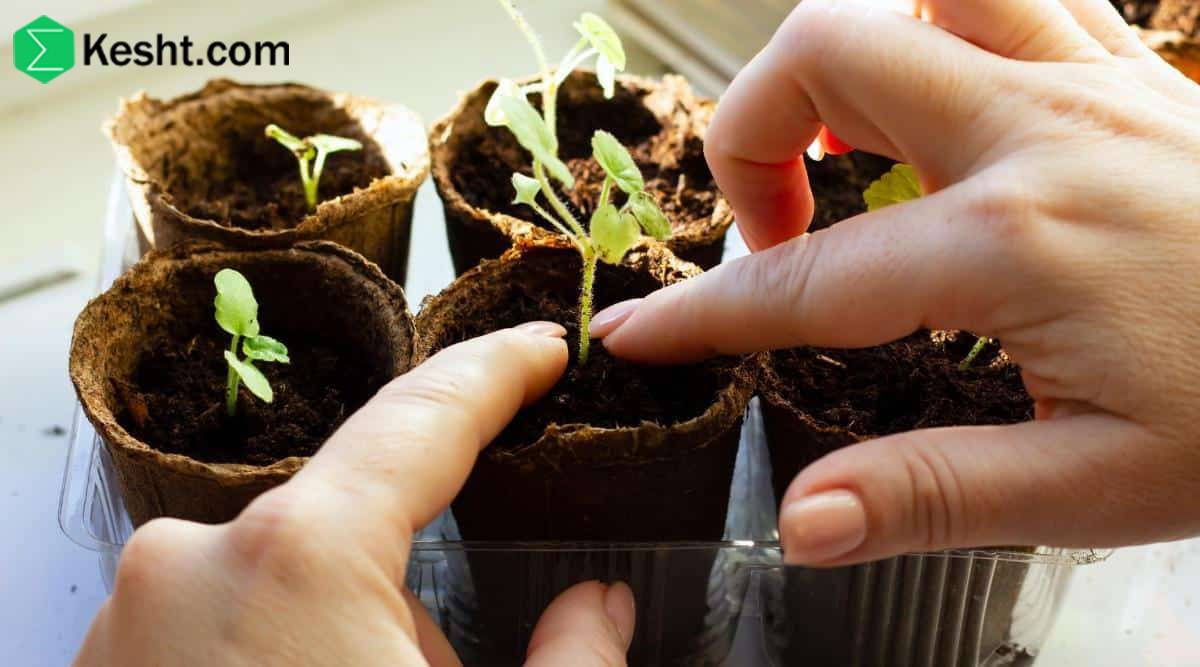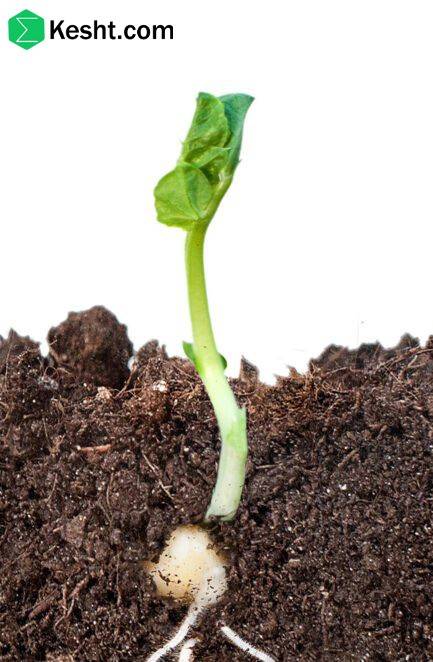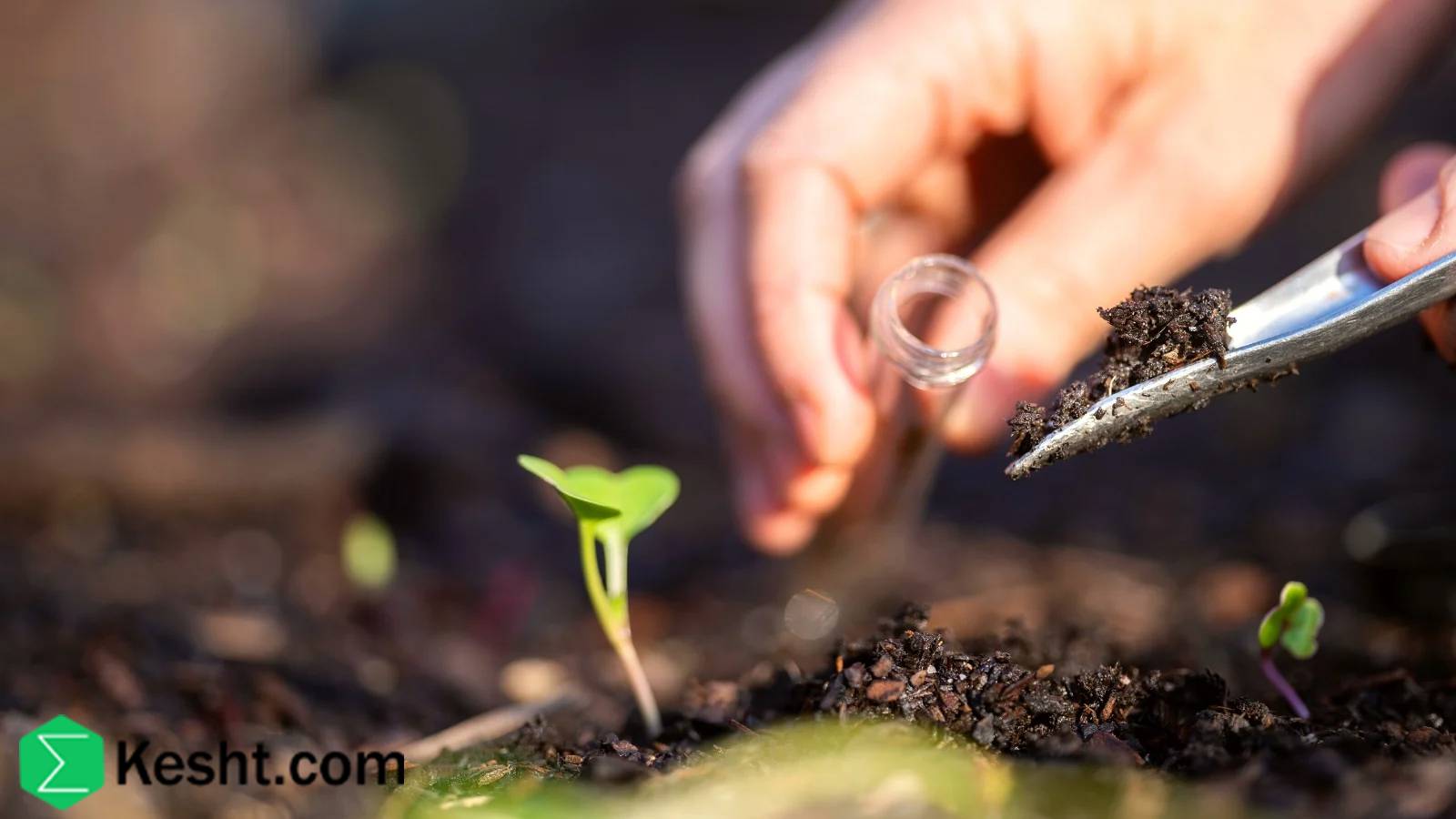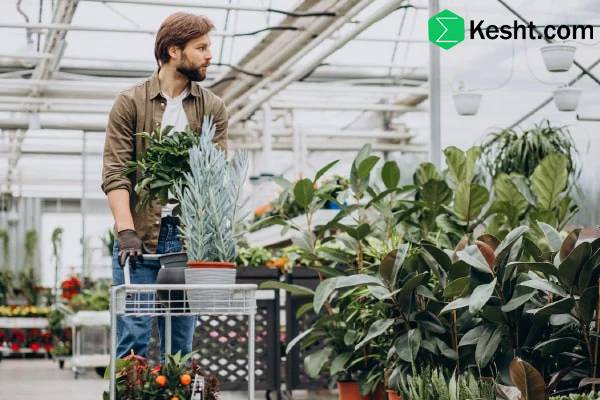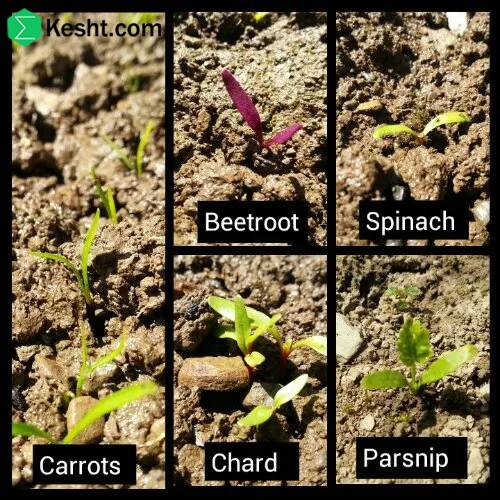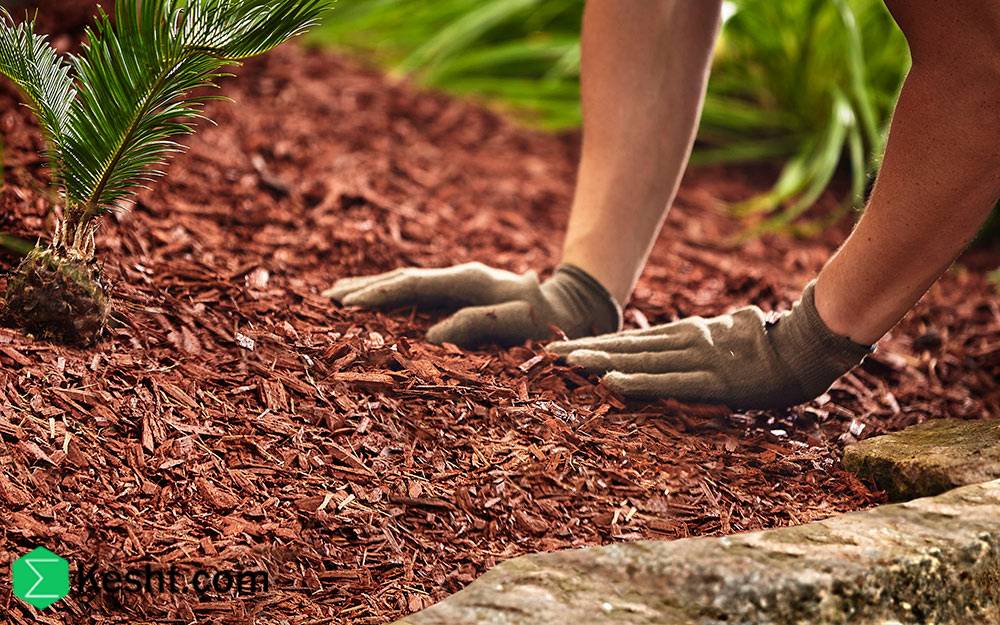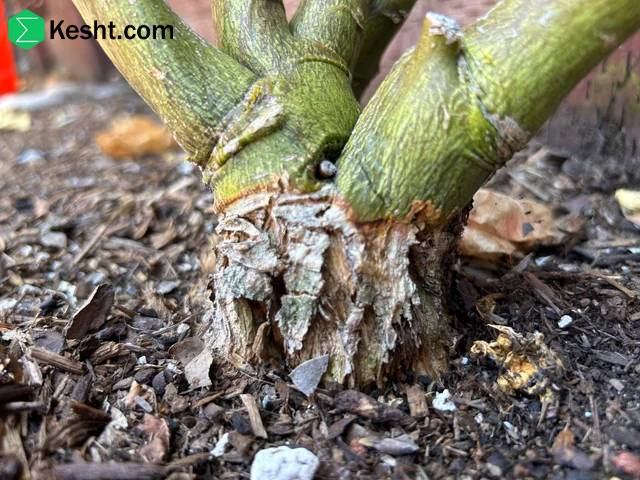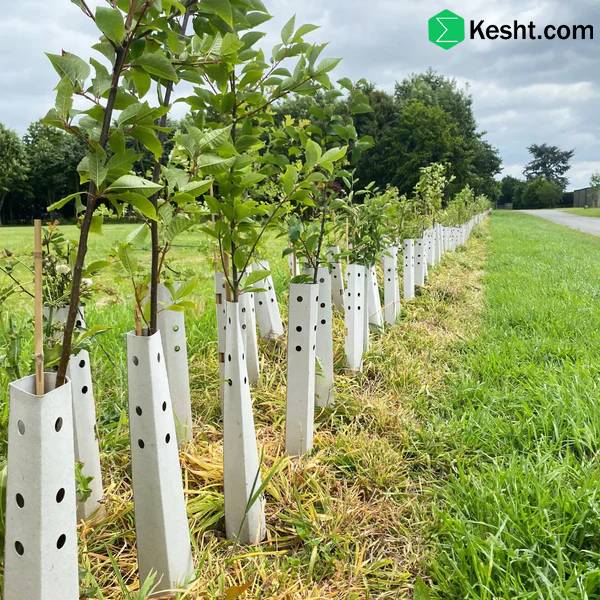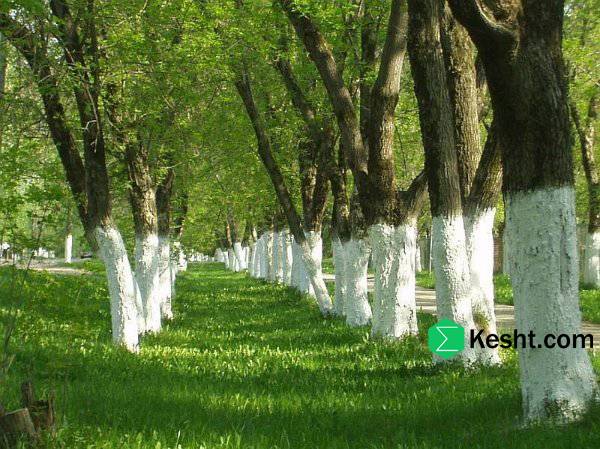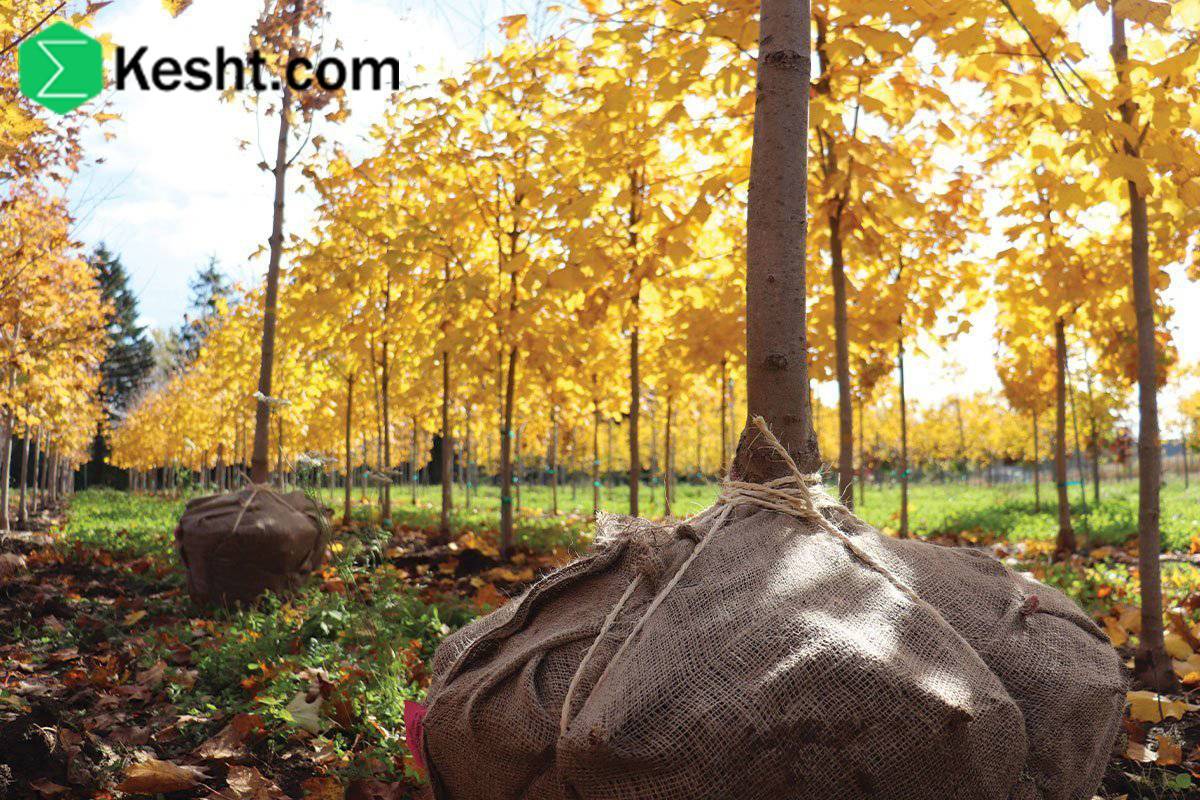authenticity of the seedling sales center
To verify a nursery's authenticity and licensing, check for required legal permits, including a nursery establishment license, an operating permit with valid dates, nursery identification code, and registration in the Plant Variety Protection (PVP) system. You can verify this information through the Ministry of Agriculture's unified portal, calling the county Agricultural Jihad office, or requesting original documents at the nursery. Health and technical certificates are also essential, including phytosanitary and quarantine certificates, lab health tests, and certifications from the Agricultural Engineering Organization. Labels on saplings must contain specific information, such as scientific names, production date, and a QR code for traceability. Online verification methods include using official platforms like the national registry for seedlings and the "Keshavarz" mobile app. When visiting nurseries, look for visible licenses, hygiene, and proper seedling care. Be cautious of warning signs like refusal to show documents or excessively low prices. Prepare a list of questions to ask nursery sellers about sapling specifications, resistance, yield, planting requirements, health status, and warranty. Record the answers and ask for documentation to support their claims. Always compare quotes from multiple nurseries and document information thoroughly before making a purchase.

